
In Episode 28, Miroslav Gasparek, Sensible; Lizzy Lawrence, STAT; and Joe Lewis, Deloitte, go behind the headlines.
Chris Spivey is the editorial director of BioPharm International.

In Episode 28, Miroslav Gasparek, Sensible; Lizzy Lawrence, STAT; and Joe Lewis, Deloitte, go behind the headlines.

In episode 27, Christopher Hopkins, PhD; Omkar Kawalekar, PhD; Barnaby Pickering; and Jerry Rosenbaum, MD, go behind the headlines.
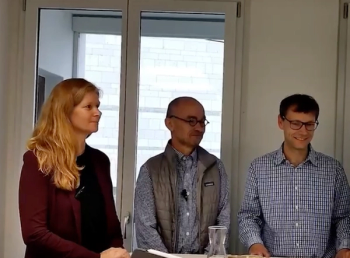
Pfizer re-balances weight loss portfolio with Metsera, Bristol Myers Squibb and Roche make breast cancer progress, and Keytruda gets under your skin.

Alvin Jogasuria, ProBio; Matthew Lunning, University of Nebraska Medical Center; and Carl Schoellhammer, DeciBio, go behind the headlines to discuss the need for doing more with less.

In the first-ever “Two-Minute Mysteries: BioPharma Stories,” Agilent’s Ken Boda shares the mystery of a low reading.

Aaron Cowley, Recipharm Advanced Bio; Renee Hart, LumaCyte; and Vibha Jawa, EpiVax, go behind the headlines to delve deeper into recent market deals driven by Big Pharma patent cliffs and the complex manufacturing of ATMPs.

Benjamin McLeod and Sebastian Lykke Skafte Andersen go behind the headlines to examine the motivations behind recent M&A activity, tariff responses, and more.

Jonathan D. Grinstein, PhD, Manfred Scholz, PhD, and Erik Wiklund, PhD, go behind the headlines to address a shifting policy landscape and what it means for the future of chronic disease, diagnostics, and next-generation cell and gene therapies.


This inaugural edition of the Pivotal Paper series features leading vaccine experts discussing a groundbreaking study on next-generation self-replicating RNA (srRNA) vaccine technology. The panel explores the study’s key findings, highlighting srRNA’s potential for lower-dose, single-dose vaccines with enhanced immune response, expanding the applications beyond infectious diseases.
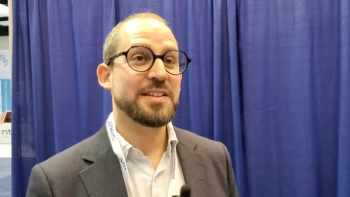
Vector Bioscience Cambridge is developing highly porous nanomaterials that can help reduce toxicities due to the small amount of vehicle material.
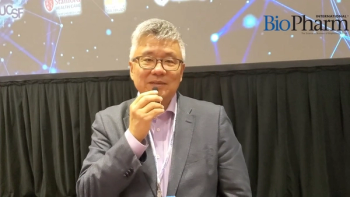
William Oh, MD, led a panel discussion during which the practicalities of incorporating AI tools into the daily workflow of busy clinicians were discussed.
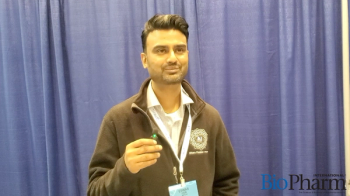
Eswar Iyer, MS, PhD, CEO and co-founder at Aikium Inc., describes a tool to overpower the data paucity problem in proteins.
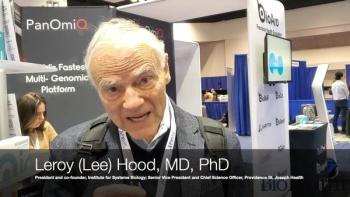
Hood, a pioneer of systems biology and systems medicine, shared his personal interest in starting a new peptide-based, informational-driven pharmaceutical company that would address wellness and longevity during an interview with BioPharm Internaltion at the Precision Medicine World Conference.

Jane True, Dr Andreas Kuhn, and Dr Andy Geall discuss mRNA risks, costs, effectiveness, manufacturing logistics, public messaging, and regulatory challenges.

Jane True, Dr Andreas Kuhn, and Dr Andy Geall discuss mRNA risks, costs, effectiveness, manufacturing logistics, public messaging, and regulatory challenges.

Jane True, Dr Andreas Kuhn, and Dr Andy Geall discuss mRNA risks, costs, effectiveness, manufacturing logistics, public messaging, and regulatory challenges.

Vanessa Almendro, Elliot Berger, Benjamin McCloud, and Turna Ray go behind the headlines to discuss their ‘wish list’ for the progression of trends in the bio/pharmaceutical industry.

Sustained investment, technological innovation, and collaboration are essential to future pandemic preparedness.

Strategies to combat vaccine hesitancy and ensure equitable global vaccine distribution are explored amidst declining confidence.

Advances in surveillance, including AI and wastewater monitoring, are critical to detecting and responding to emerging pathogens.

Sustaining pandemic readiness requires investment in workforce, infrastructure, and scalable manufacturing practices.

Empowering the public with balanced information and enhancing agency alignment are central to navigating public health crises effectively.

The panel covers the benefits and challenges of a unified government pandemic response, focusing on transparency and trust-building.

Lessons from the COVID-19 response highlight regulatory collaboration, research expansion, and challenges in vaccine access and preparedness.

The panelists introduce themselves and outline key aspects of pandemic preparedness, emphasizing global collaboration and coordinated responses.

Addressing manufacturing at scale for ATMP’s. Reducing costs through reducing batch failures and shrinking footprints, and targeting more focused critical quality attributes for potency but also patient efficacy. Reducing regulatory uncertainty in an uncertain environment to increase patient access to life saving cures.

Optimizing analytics, including laser force cytology, with a goal to delivering adaptive manufacturing, full automation and standardized processes, products and patient outcomes.

Looking ahead 5-10 years for in vivo practice. Combined platform and modalities marriages, to bring CGT up to first relapse or consolidation therapies.

Repairing nucleotide abnormalities for rare disease populations as pivotal proving grounds for transformative therapies.

Published: October 2nd 2023 | Updated:

Published: January 2nd 2022 | Updated:

Published: July 1st 2022 | Updated:

Published: November 8th 2021 | Updated:
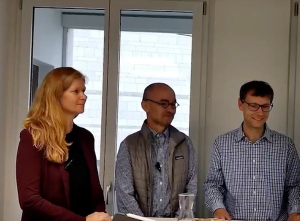
Published: October 1st 2025 | Updated: